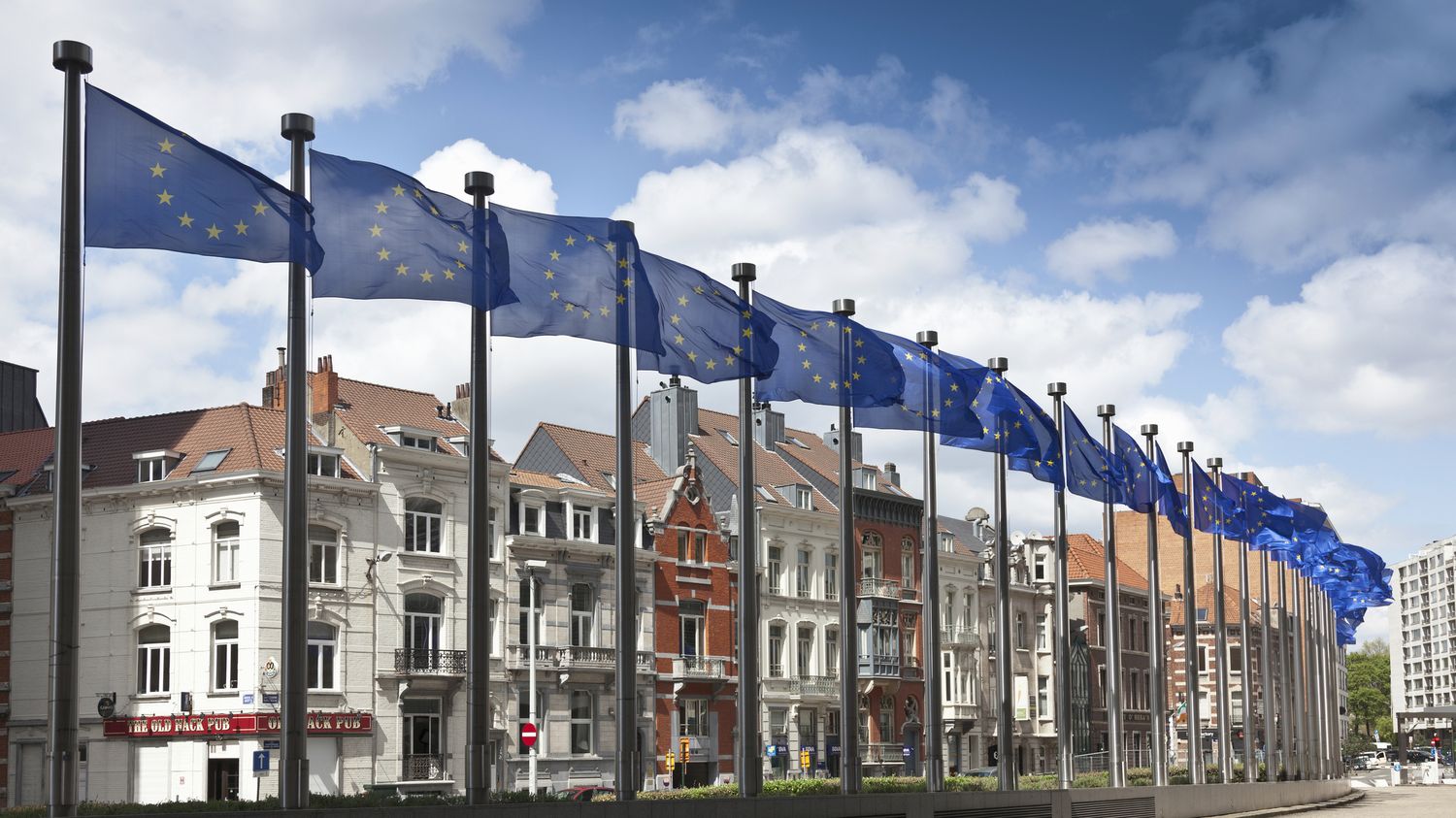In 1945, the war ended and Europe was in ruins. We must now rebuild and prevent the same scenario from happening again one day. We seek to create relationships of trust, particularly between France and Germany.
Published
Update
Reading time: 3 min

Six years after the end of the Second World War, in 1952, a first step towards the construction of a European entity was taken with the creation of the European Coal and Steel Community (ECSC). At the time, four countries signed this treaty alongside Germany and France: Belgium, Italy, Luxembourg and the Netherlands.
The foundations are laid. In 1957, with the signing of the Treaty of Rome, the European Economic Community (EEC) was created. This treaty provides for the establishment of a European Parliamentary Assembly, endowed only with consultation power. The aim of this treaty is to extend cooperation to other economic sectors. We are then witnessing the creation of a large European common market which allows the free movement of goods in all member countries.
It was in 1979 that the first election by direct universal suffrage for the European Parliament took place, with its first president: Simone Veil. It is then made up of 410 deputies – compared to 720 in June 2024. Over the years, the European community has constantly expanded. In 1973: the United Kingdom, Ireland and Denmark. Followed by Greece in 1981, then Spain and Portugal in 1986.
And then in 1992, with the Treaty of Maastricht, what we know today, the European Union, took shape. The treaty established European citizenship, which allows citizens of member states to choose their country of residence and to move freely. It establishes clear rules for a future single currency, and frames the common foreign and security policy. Twenty years later, in 2002, the euro came into force. At the same time, enlargement continues. Between 1995 and 2013, 16 countries joined the EU.
Now, 27 countries make up the EU and several are still candidates. Eight countries are waiting: Albania, Bosnia-Herzegovina, North Macedonia, Montenegro, Serbia, Moldova and of course Ukraine since February 2022. Turkey is also a long-standing candidate, but the negotiations are completely frozen.
And at the moment when these countries want to enter, for the first time in 2020, a country has decided to leave the Union after a referendum, the United Kingdom and its Brexit.
